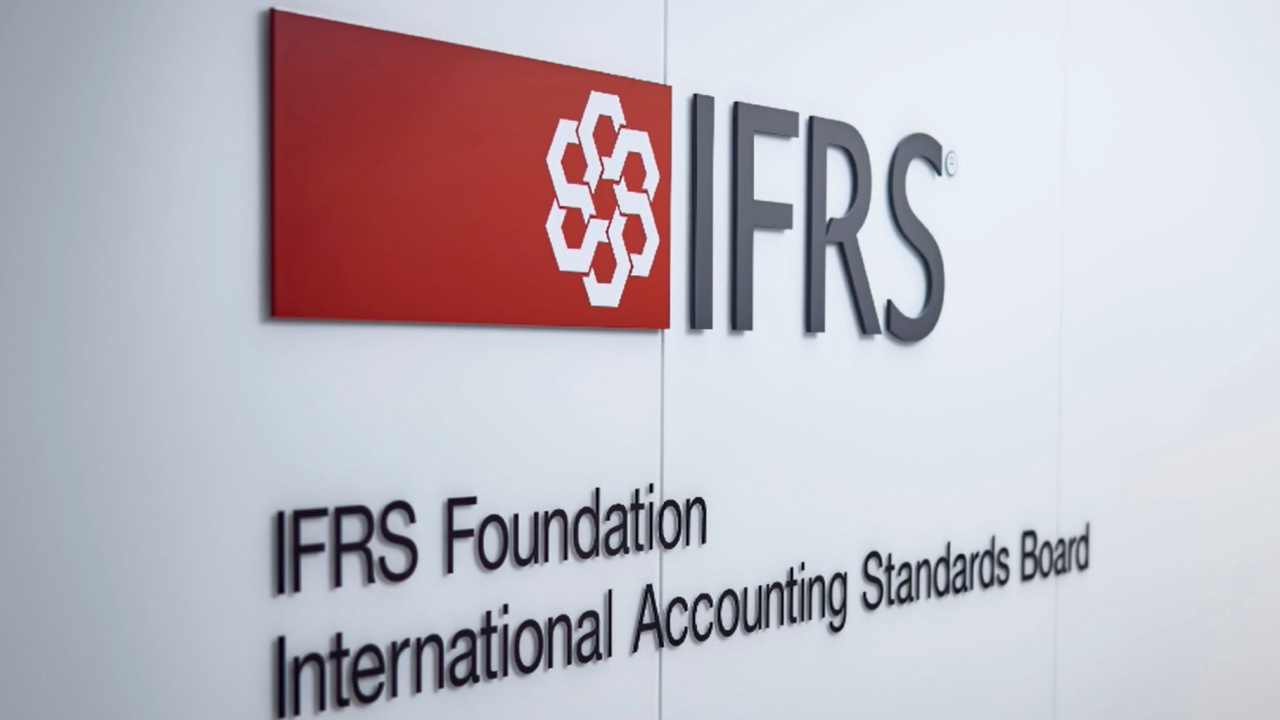It seems an indispensable part of attracting and even retaining clients. For some tax preparers, it also seems like a nebulous commitment – and a trap.
“Estimating fees is guess work, but I do give estimated fees,” said William Keats, an Enrolled Agent at Keats Tax & Financial Service in North Merrick, New York.
“We estimate fees when necessary based on hourly billing rates. Accurate estimating can be tricky because you often discover additional needs or challenges in the midst of a project,” said Crystal Harmon, tax director in the Enid, Oklahoma, office of Wymer Brownlee Wealth Strategies. “We plan for that in our quotes, to some extent.”
“I try not to estimate or guarantee fees, but some clients, particularly new ones, demand it,” said Phyllis Jo Kubey, an EA in New York. “I bill hourly, and I find that the clients who are most concerned about my fees tend to need more time, chasing and hand-holding.”
For some preparers, clients asking for estimates are red flags. For others, they’re understandable.
“I continue to estimate when I must, because as a consumer myself I think it’s only fair to know up-front approximately how much something is going to cost,” said Debra L. James, an EA at Genesis Accounting & Mgmt. Services, in Lorain, Ohio, who takes most of the estimate calls herself and probes “for all possible scenarios, not giving an exact price but a range, stressing that I want to be fair to them and myself as I haven’t seen the work yet.”
‘Entry-friendly’
One certainty in estimating: It’s OK to aim high. According to recent surveys by the National Association of Tax Professionals and the National Society of Accountants, preparers
“Trickiest thing? Managing client expectations,” said John Dundon, an EA and president of Taxpayer Advocacy Services in Englewood, Colorado. “I advise that my time is available at $50 for every 15 minutes that my attention is required. If a prospective client asks about pricing too soon, I do not engage.”
“Taxpayers who are price shoppers tend to be challenged with trust issues,” Dundon said. “My minimum fee is $350 to weed out those with trust issues from the get-go.”
“Two Schedule Es with identical assets could have different fees based solely on the way that the records are presented,” said Morris Armstrong, an EA and registered investment advisor at Armstrong Financial Strategies, in Cheshire, Connecticut. “Providing 300 receipts coffee-stained and held together with a Band-Aid may result in a higher fee than someone who presents data in a more entry-friendly format.”
“Pet peeve of new clients and old preparers: Make sure that you have your updated schedules of depreciation,” Armstrong said. “Schedule Cs can be problematic, as well. Investment activity is also hard to judge. I assume a few 1099s in the price. Come in with a dozen and you’ll pay for more.”

‘Simple’
Accurate estimates often depend on accurate information from prospects – and that can be hard to come by.
“‘I have a simple return’ is seldom an accurate statement from the initial phone call,” Armstrong said. “It may not be complex, but the support documents may be poorly organized or the taxpayer may have an attitude that makes the return more difficult. That usually translates into more billable time.”
“What a taxpayer tells me is ‘a simple return’ never is,” said preparer Robert Flach, who writes “The Wandering Tax Pro” blog. “It is literally impossible to give a client, potential or existing, an accurate quote of the cost of preparing a specific set of returns until the returns are actually completed. A variety of issues may arise during the preparation, including incomplete or missing information from the client and missing cost basis information on 1099Bs.”
“You have to know the right questions to ask,” James said. “For instance, someone thinks they have a W-2 when in fact they have a 1099. I always keep in mind the time someone told me she had a little interest and dividend income. She did – a little on each of her nine brokerage accounts.”
Formulas and policies
“Since I do fixed-fee billing, I only estimate fees for new clients using a spreadsheet,” said Brian Stoner, a CPA in Burbank, California, “calculating fees on a per-form basis, then building in a cushion and then giving a first-year discount. I use the same fee the next year, not including the discount, then usually raise the return a percentage each year, 2 to 3 percent assuming no changes.”
“I don’t do my best work when I’m watching the clock, and most of my clients appreciate the extra time and care I provide – and will pay for that additional value,” Kubey said.
If estimates are unavoidable, at least giving a range doesn’t pin a preparer down too much. Said Flach, “Back when I accepted new clients, if asked by a potential client how much it could cost to prepare a return, I’d say, ‘Between $50 and $500’.”





